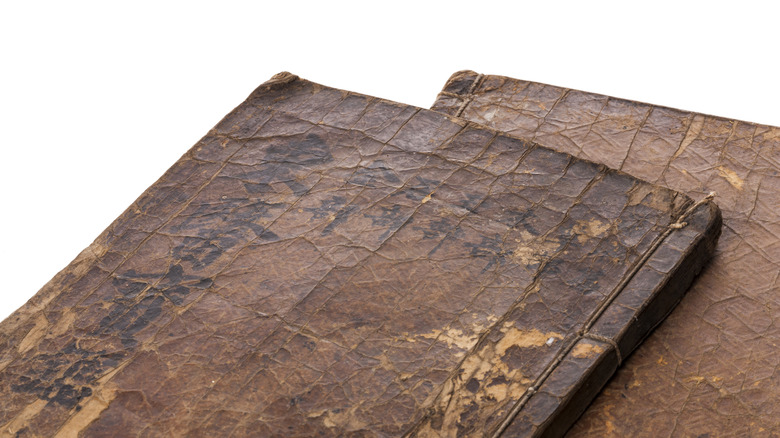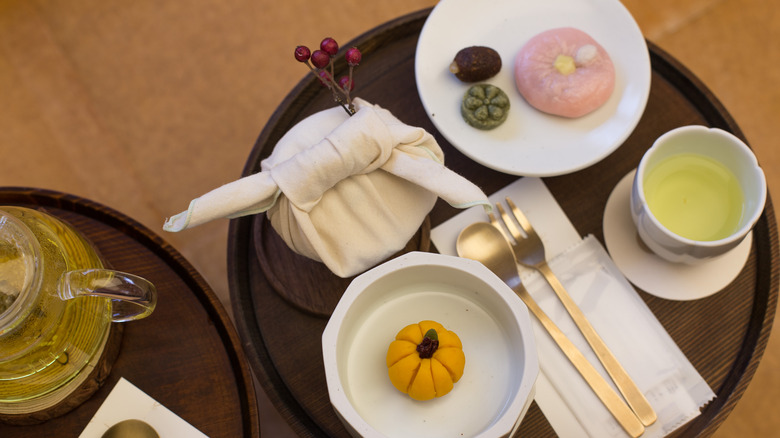The Noblewoman Behind Korea's Oldest Cookbook
Eumsik-dimibang, or "Understanding the Taste of Food," is believed to be the first cookbook in East Asia written by a woman. This Korean cookbook — which contains 146 recipes — is the oldest known cooking manuscript written in the Hangul alphabet, according to Atlas Obscura. Before it was recognized as a valuable artifact in 1960 by a culinary professor, the cookbook remained within the family. Though the author intended for it to be passed down from daughter to daughter, Eumsik-dimibang's circulation outside the family allowed everyone in Korea a glimpse into the Joseon Dynasty's noble culinary practices.
Although King Sejong sought to spread literacy to the Korean masses with the invention of the Hangul alphabet (via Brittanica), education was still reserved for men. Faced with these restrictions, a noblewoman, Lady Jang Gye-hyan, secretly partook in writing lessons held for her male counterparts, according to Atlas Obscura. With her insatiable thirst for learning, Lady Jang quickly taught herself how to write, becoming a skilled poet, calligrapher, and, eventually, cookbook author.
Lady Jang: a philanthropist and poet
From a very young age, Lady Jang was a poet. She wrote classics of Korean literature, including "Ode to the Saint" and "Crane White Hair," which continue to be studied and recognized today, per the Korea Times. It wasn't until much later in her life that she wrote her now-famous cookbook. Lady Jo, a specialist in Lady Jang's legacy, shares with Atlas Obscura that Lady Jang often surveyed her village to see which families needed assistance with getting food on the table. Although she was a noblewoman, Lady Jang was a staunch believer in breaking down class barriers; on the topic of social structure, she famously said, "It is the order of the universe to live together; the highest order of moral law is sharing his or her own wealth with less fortunate people" (via Korea Times).
Her recipes provide indispensable knowledge of traditional Joseon cuisine. One of the most glaring differences between Joseon and modern Korean cuisine is the absence of Korea's most beloved spice, gochugaru, or red chili powder — which is missing from Jang's cookbook. While today's kimchi, stews, and stir-fries are deepened with gochugaru's red pigment, dishes of the Joseon dynasty had no trace of it. Although Lady Jang was alive when Portuguese traders brought spices to Asia, she recorded the recipes of her ancestors who preceded contact with the outside world. As noted by Atlas Obscura, preservers of the Joseon tradition continue to make her dishes to this day.

